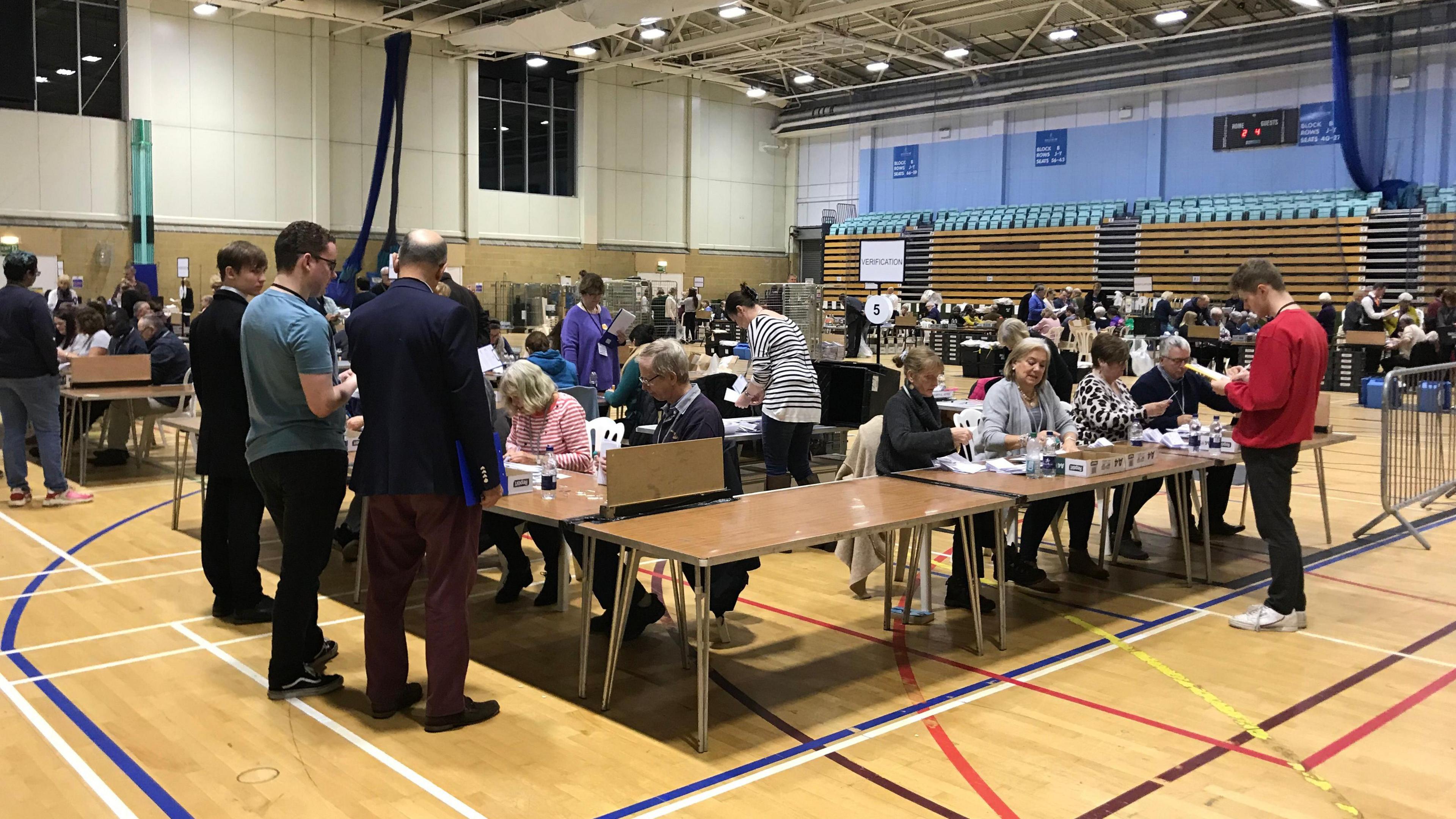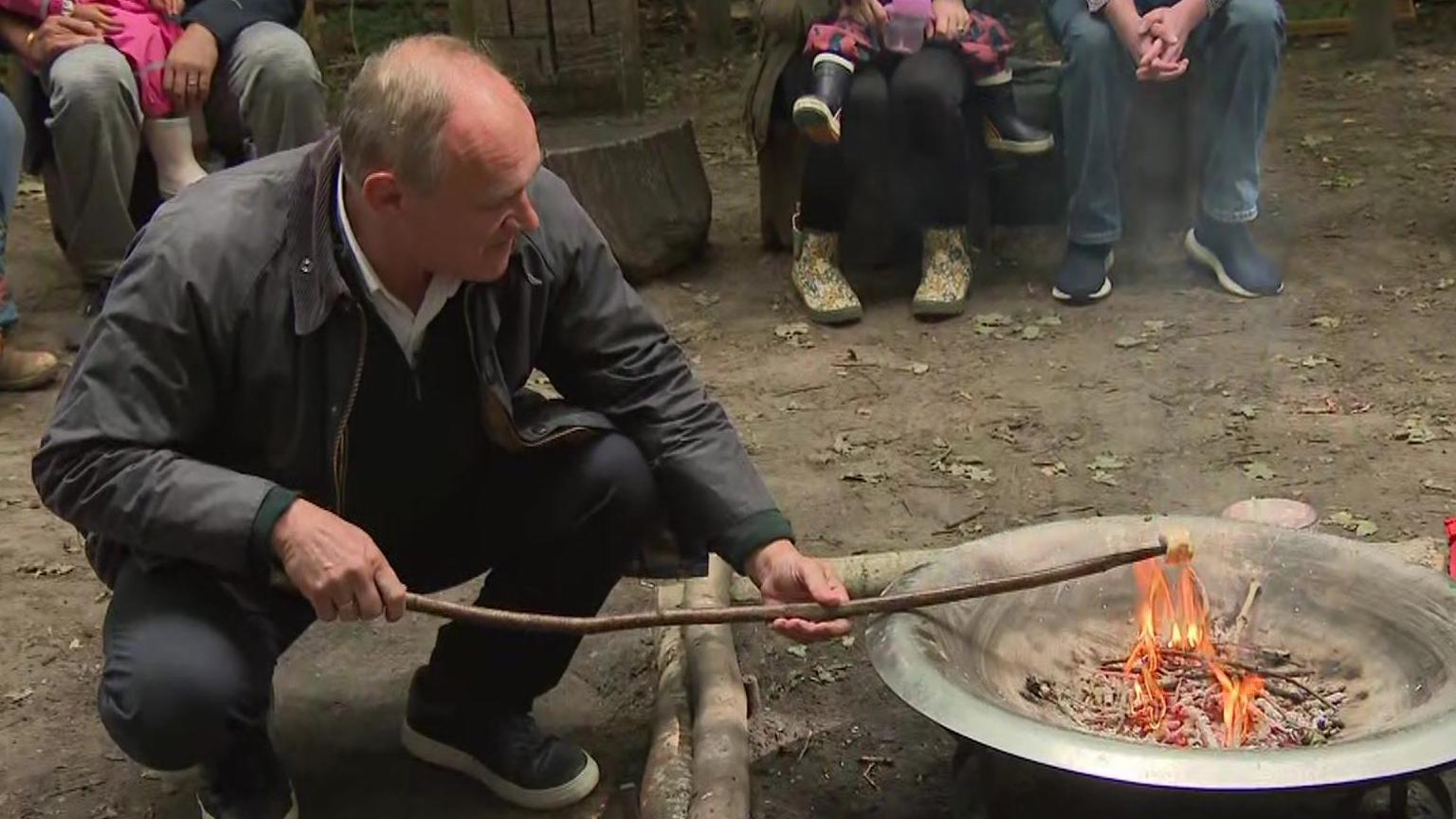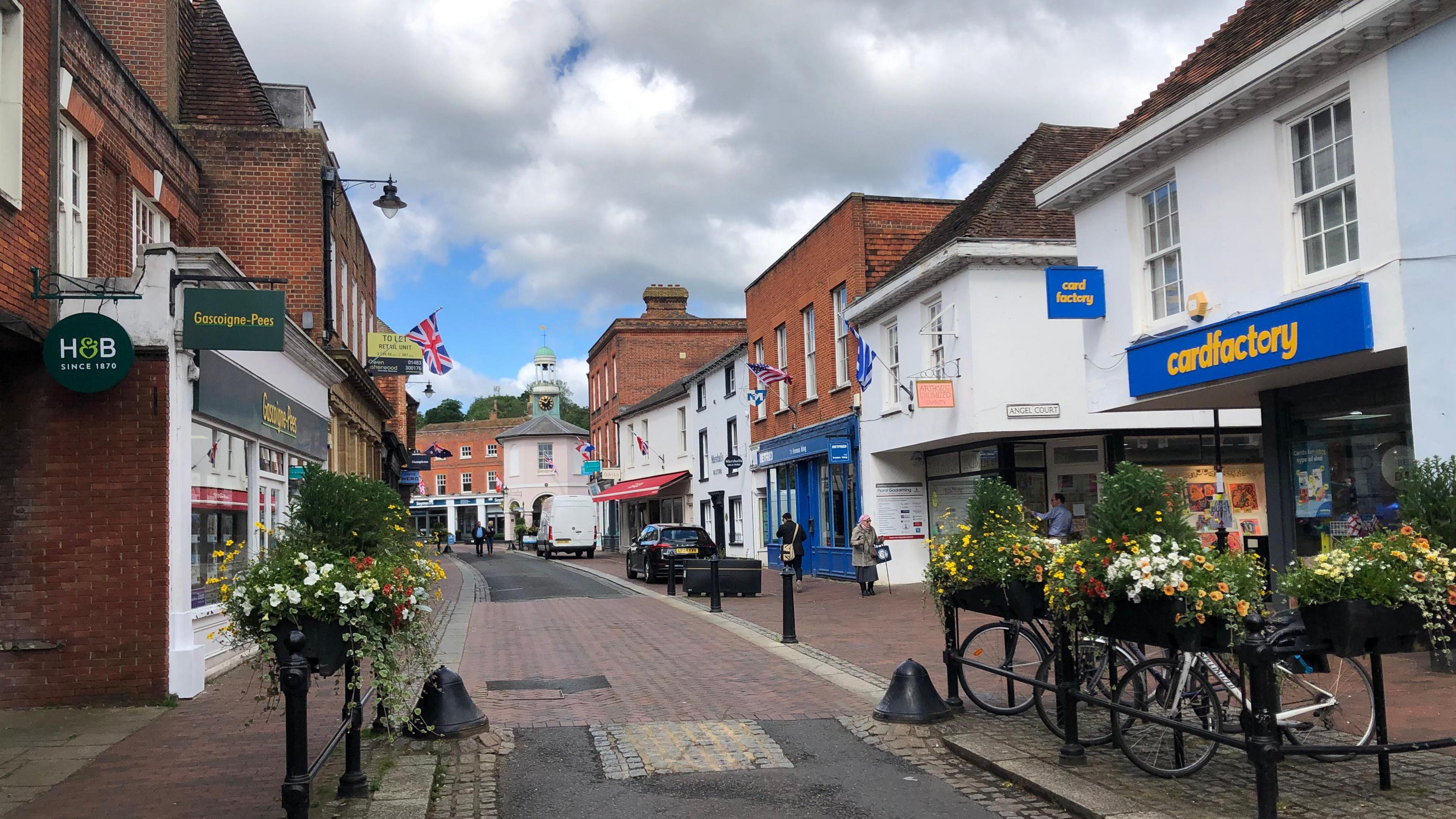Will Conservative MPs get the blues in Surrey?

Overnight counts will be held across Surrey, including in Guildford
- Published
Guildford and Reigate, 1906. Spelthorne, 1945. Guildford, 2001. What do those dates have in common?
Well, they are among the only times that a party other than the Conservatives has won seats in Surrey at a general election. (I’m cheating a bit; Spelthorne’s boundaries were very different and it was considered to be a Middlesex seat until the 1970s.)
My point is: this area has historically been a Tory stronghold.
But is there a chance that things could be different this time?
I think if you were to ask people for a part of the country they most associated with the Conservatives, they might well say Surrey.
There have been senior cabinet ministers by the bucket load; Geoffrey Howe, Jeremy Hunt, Michael Gove, Kwasi Kwarteng, Philip Hammond – I could go on for a while.

The Liberal Democrats are targeting Godalming and Ash, which is where the Chancellor Jeremy Hunt is standing
The Liberal Democrats think they could have a shot.
They are targeting Surrey as part of the so-called “Blue Wall” - Conservative held seats in the south and south west of England that they think they can win - and believe constituencies such as Guildford, Esher and Walton and Godalming and Ash are within their reach.
Their success at local council elections, and also in neighbouring parliamentary seats in south-west London, has only increased their confidence.
Labour has not had much success in the past when it comes to election victories in Surrey, outside of some individual council divisions or wards.
But activists in constituencies such as Reigate and Spelthorne have been keen to get in in touch with me to promote the party’s candidates. How they perform remains to be seen.
The Green Party (who did well in the local council elections, particularly at Reigate and Banstead) and Reform UK also have someone standing in every seat and there are other parties and independents who will be on the ballot, depending on where people live.

Liberal Democrat leader Sir Ed Davey has made several visits to Surrey during the election campaign, including a forest school
Ultimately it is very difficult to say exactly what might or might not happen.
For example, although the Tories have been losing seats on most of the local councils over the last few years, in the election for Surrey’s Police and Crime Commissioner on 2 May, Conservative Lisa Townsend received the highest number of votes.
But politicians on all sides have said they think the contests will be close in several constituencies.
Whatever the result on 4 July, there is going to be a significant change to the political map of Surrey.
More than half of the current MPs are standing down, including big names like Michael Gove, so there will be fresh faces, come what may.
Meanwhile, boundary changes mean that there will 12 rather than 11 seats, as well different names for some constituencies.
And despite its reputation for being safe and prosperous, there are plenty of issues, including affordable housing, protecting the countryside, water supplies, health services, and the cost of living, that matter to voters across the county.
Related topics
- Published11 June 2024

- Published3 July 2024

- Published24 May 2024
